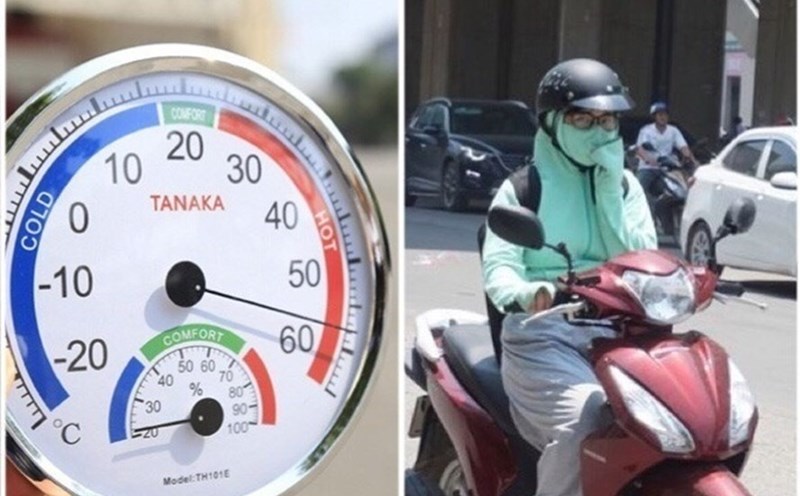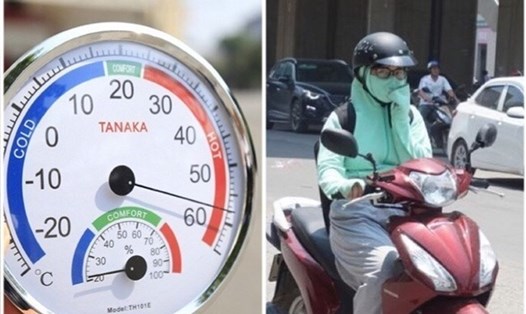According to the National Center for Hydro-Meteorological Forecasting, on April 17, the Northern, Central and Southern regions will have localized heat waves with the highest daily temperature in some places above 35 degrees Celsius such as: Yen Chau (Son La) 38.4 degrees Celsius, Tuong Duong (Nghe An) 37.4 degrees Celsius, Dong Ha (Quang Tri) 37.5 degrees Celsius, Son Hoa (Phu Yen) 37.4 degrees Celsius... The lowest relatively humidity is generally 55 - 60%.
The area from Nghe An to Phu Yen on April 18 - 19 is forecast to have hot weather, some places are experiencing severe heat with the highest temperature commonly from 35 - 37 degrees Celsius, some places above 37 degrees Celsius. The lowest relatively humidity is commonly 50 - 55%. The hot weather is about 11 - 16 hours.
In the Southeast region on April 18, it is forecasted to have local heat waves with the highest temperature in some places above 35 degrees Celsius. On April 19, the highest temperature will generally be from 35 - 36 degrees Celsius, in some places above 36 degrees Celsius. The hot weather will be about 12 - 16 hours.
In the Northern region, Thanh Hoa on April 19, it is forecast to have hot weather with the highest temperature commonly from 35 - 36 degrees Celsius, some places above 36 degrees Celsius. The lowest relatively humidity is commonly 55 - 60%. The hot weather will last about 12 - 16 hours.
The meteorological agency forecasts that this widespread heat wave in the North, from Thanh Hoa to Phu Yen, is likely to last until April 22. From the night of April 22, the North will have scattered showers and thunderstorms, with some places having heavy rain. The rain will be concentrated in the late afternoon and night.
Meanwhile, the hot weather in the Southern region is likely to last for many days to come.
The National Center for Hydro-Meteorological Forecasting warns that the risk level of natural disasters due to heat is level 1.
Due to the influence of hot weather combined with low humidity in the air, there is a risk of fire and explosion in residential areas due to increased demand for electricity and the risk of forest fires.
In addition, hot weather can also cause dehydration, exhaustion, and heat stroke in the human body when exposed to high temperatures for a long time.
The National Center for Hydro-Meteorological Forecasting noted that the forecast temperature in hot weather reports and the actual outdoor temperature may vary by 2 - 4 degrees Celsius, or even higher depending on buffer conditions such as concrete and asphalt roads.











